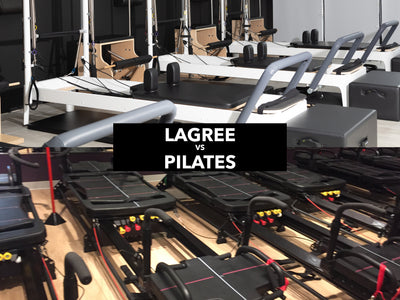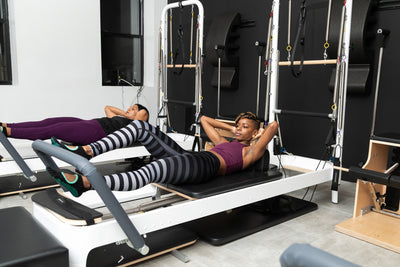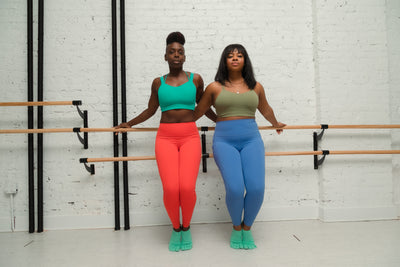Home workout equipment didn’t start with Peloton, Nordictrack or Bowflex. In 1945, Joseph Pilates created the “Wunda Chair” as a way to bring the Pilates method home in a functional way. He created and patented this piece of equipment that doubles both as a piece of workout equipment but also as furniture as a way to bring more access to fitness. You can see in the video below, Joe himself and his wife Clara showing off the chair’s small footprint and different possibilities.
Walking into our Pilates Reformed studio or our Beats & Barres studio, many people see the chair and fear it. It’s very rare to see the chair in a Pilates studio outside of a private session. Many instructors are just as nervous about teaching the chair as the clients are to try it. To be honest, rightfully so. Joe used the chair as a way to challenge his more advanced and athletic clients. It is considered the most challenging piece of Pilates equipment due to 2 things:
-
Its limited real estate- the classic Pilates Chairs are about 2’ tall and 2’ wide meaning there is limited support for the body. In Pilates, the less equipment there is, the more strength and balance is required of the body. There are standing, kneeling, seated and lying exercises of all different variations on the chair that is not for the faint of heart.
- Lower number of springs- Many are used to reformers with 4 or 5 springs of varying weights. For most exercises in Pilates, the more springs there are, the more supported you are. Well most chairs only come with 2 springs like the one at our Beats & Barres location. So you are performing challenging exercises with limited support from the equipment.
Over the years, the classic chair design has been modified by both Joe himself and pilates equipment manufacturers. The original design is considered the “Low Chair”. There is also a “High chair” or “Electric Chair” because that’s what it looks like. It was designed to help with back, knee, and foot alignment. Handles have also been added to some models for support, but Joe found a way to make it challenging by doing things like triceps dips with them.
At our Pilates Reformed location, our chairs have handles, are a bit taller making it more convenient for sitting but more challenging when standing on top, and these chairs also have 4 springs making it extremely supportive for very challenging exercises. Here, our highly skilled and trained instructors are able to really introduce groups to the Pilates Chair experience taking them beyond just the mat and reformer, and challenging what they think their bodies are capable of.
Our Chair only classes are held at the Beats & Barres location for those who are ready to advance their practice on the more classic chair model. The Pilates Chair class requires 30 Pilates Reformed classes AND instructor approval. This ensures you have an advance awareness of Pilates and your bodies capabilities. Not quite at 30 yet? The Pilates Chair: Fundamentals class introduces those who are ready and willing to try the chair in a more digestible way. Still technically an advance class, we are able to break down the basic movements and warm you up to my favorite piece of equipment.
Check out the schedule to slide into a session.






Leave a comment